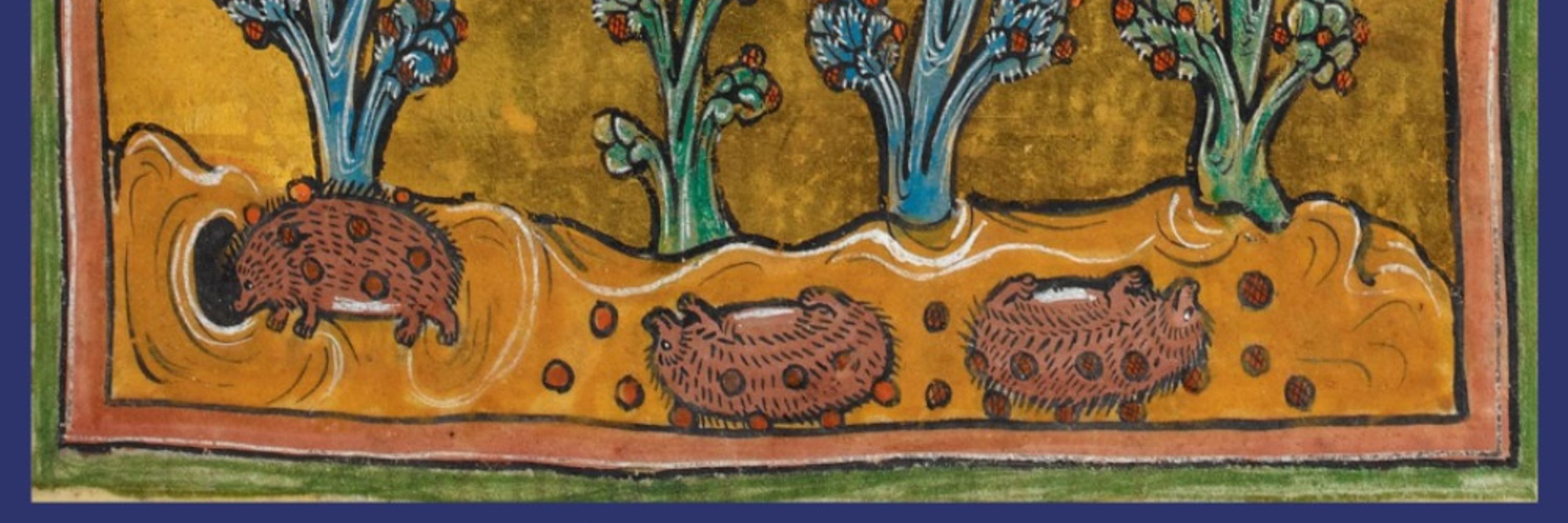Art History Animalia
@arthistoryanimalia.bsky.social
4.1K followers
360 following
2.7K posts
Zoologist exploring animal iconography via intersections of natural history with art & visual culture history. AKA Deniz (she/they), PhD student @ UD.
https://linktr.ee/arthistoryanimalia
Posts
Media
Videos
Starter Packs
Reposted by Art History Animalia
Reposted by Art History Animalia
Reposted by Art History Animalia
Reposted by Art History Animalia
Reposted by Art History Animalia
Reposted by Art History Animalia
Reposted by Art History Animalia
Reposted by Art History Animalia













!["In 1955, Norman Lewis became the first African-American artist to receive the Carnegie International Award for this celebrated painting. The critic for the New York Herald-Tribune proclaimed Lewis's work "one of the most significant events of the 1955 art year." This work demonstrates Lewis's continued commitment to the natural world, using representation as the starting point for abstraction. Within the golden yellows which cover the canvas completely, Lewis creates a mass of movement and energy with his application of sharp, white strokes of paint which conjures up images of birds in flight. Lewis's sense of duality, the abstract and the representational, are in complete balance in this prized painting. The sensation is that of multitudes of birds taking flight in the blazing sun and sky."
https://www.theartstory.org/artist/lewis-norman/
image credit: Michael Rosenfeld Gallery, New York. © Estate of Norman W. Lewis [educational use]](https://cdn.bsky.app/img/feed_thumbnail/plain/did:plc:l5pcfqdnvtivhxufycjnvzui/bafkreihptte7apyg46r26yq4uvugtwlmwyo36oufylodeg2pu6lpu2rb7a@jpeg)












